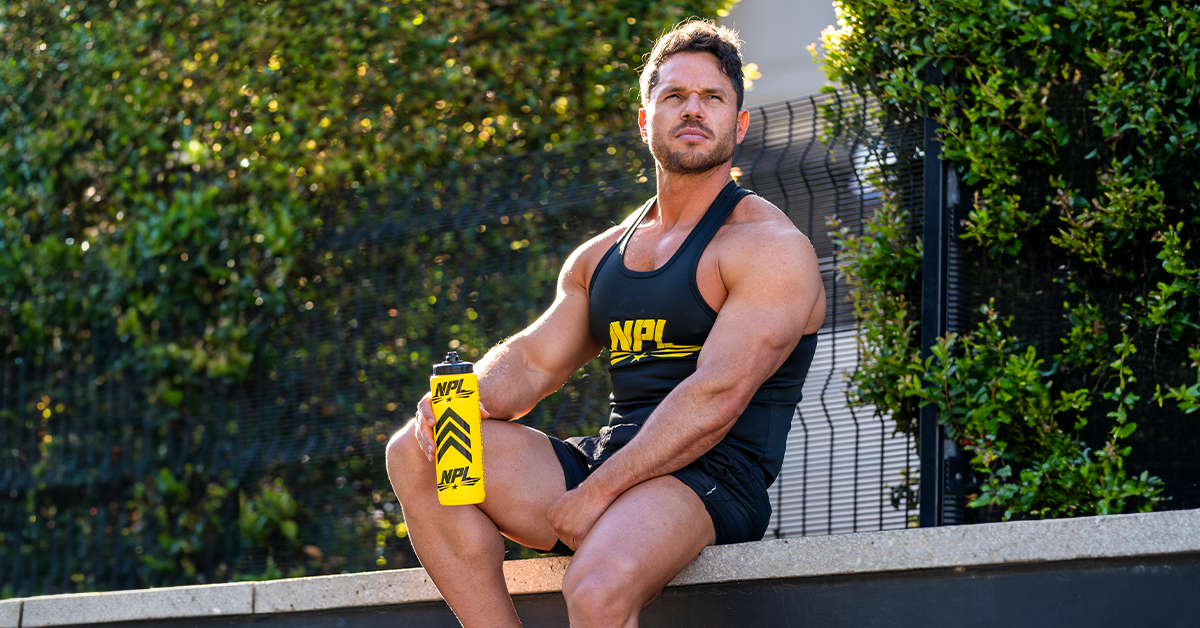The Fitness Lifestyle: What does it mean to be 'fit'?

The Fitness Lifestyle: What does it mean to be 'fit'?
In today's health-conscious society, the term "fitness" gets thrown around a lot, but what does it really mean to be fit? In this blog we’re going to break down the different aspects of fitness that contribute to a healthy lifestyle, and how you can improve your overall fitness.
What is 'Fitness'?
Fitness encompasses more than just physical appearance; it's about overall health and well-being. Being fit means having the stamina, strength, and flexibility to perform daily activities with ease and without risk of injury. It involves a combination of cardiovascular fitness, muscle strength and endurance, and flexibility.
Cardiovascular Fitness
Cardiovascular fitness, or cardio, refers to the ability of the heart, lungs, and circulatory system to effectively deliver oxygen-rich blood to the muscles during physical activity. Activities like running, cycling, swimming, and brisk walking are great for improving cardiovascular health.
Having a strong heart means that performing daily tasks will not overexert your circulatory systems capabilities. Having good cardio also means a lower resting heart rate, less risk of heart disease and complications later in life. Aim for at least 150 minutes of moderate-intensity aerobic exercise per week to maintain a healthy cardiovascular system and reduce the risk of chronic disorders like heart disease.
Muscle Strength and Endurance
Muscle strength and endurance are crucial components of fitness that enable us to perform everyday tasks and activities without fatigue. Resistance training exercises, such as lifting weights, CrossFit or olympic lifting, help to build muscle mass and increase overall strength. Certain forms of training, like bodyweight exercises or higher volume training can help to improve muscle endurance and stamina. Incorporating strength training into your fitness routine at least two days a week can help prevent muscle loss, improve bone density, and boost metabolism. Maintaining strength and muscle into old age will also help prevent injuries and pains which can often occur due to inadequate strength.
Everyday tasks such as walking up stairs, sitting down and standing up, or carrying groceries can all become easier and pose less of a challenge later in life if there is a good foundation of muscle strength and endurance. Twice a week is more than enough if your goal is to be fit, if your goal is to be a performance athlete, bodybuilder, or building an aesthetic physique, well, then twice a week may not be enough.
Flexibility
Flexibility is often overlooked but is an essential part of fitness that contributes to overall health and well-being. Stretching exercises improve flexibility and range of motion, allowing for better mobility and reduced risk of injury during physical activity. Yoga, Pilates, and stretching routines are excellent ways to increase flexibility and promote relaxation and stress relief. Aim to stretch major muscle groups at least two to three times per week to maintain flexibility and joint health. By improving flexibility in your joints there will also be less chance for injury later in life, think of activities like reaching the top shelf, or changing a light bulb. These activities could pose a serious risk of injury if your shoulder joint is not able to function with load in this range of motion.
In conclusion, being fit goes beyond just looking good; it's about feeling good and living a healthy, active lifestyle. By incorporating cardiovascular exercise, strength training, and flexibility exercises into your routine, you can achieve a well-rounded level of fitness that supports your overall health and vitality. Remember, consistency is key, so find activities you enjoy and make fitness a priority in your daily life.





